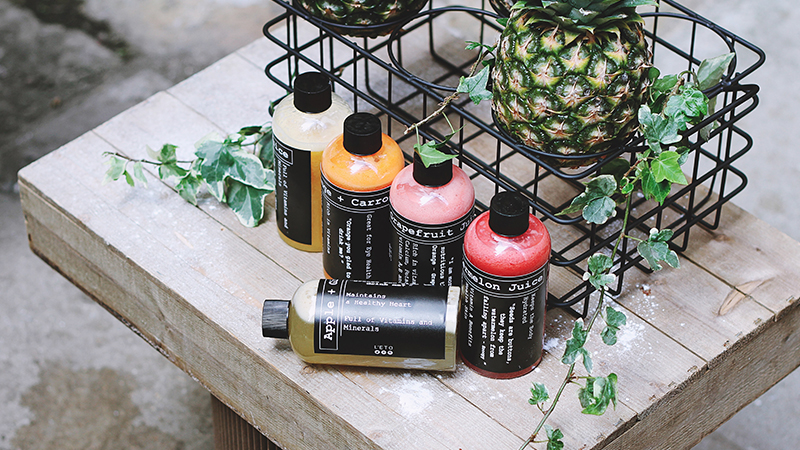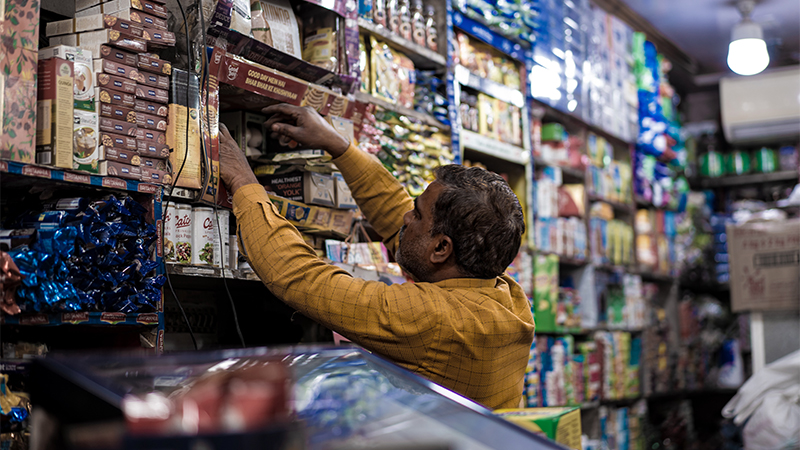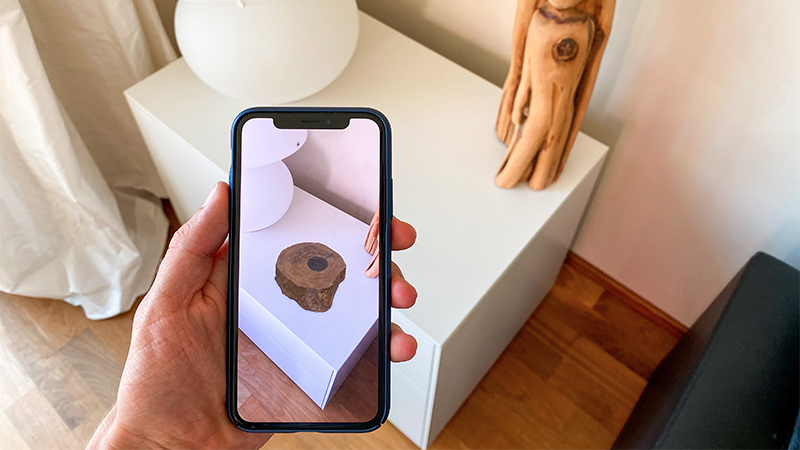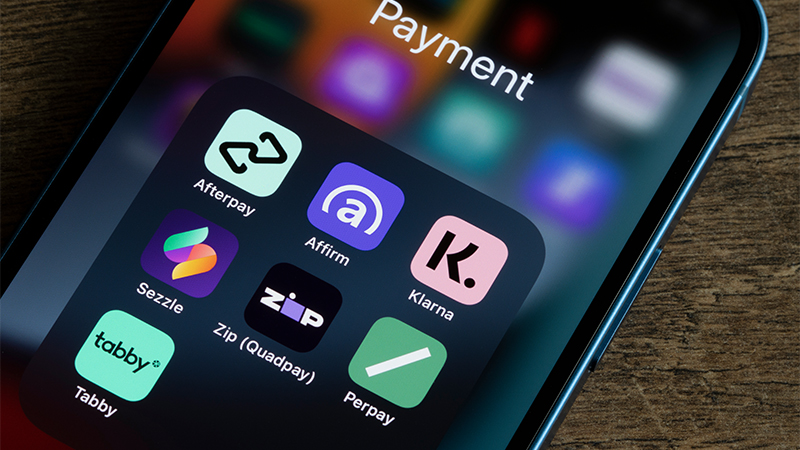Grow your business with the Discover newsletter
Logistics advice & insights straight to your inbox
Subscribe now

It’s no secret that e-commerce is competitive, thanks to the ease of setting up online. In Shopify’s latest market survey, The Future of Commerce1, the majority of global commerce decision makers identified “competition” as the biggest obstacle to achieving growth in 2022. In addition, tighter privacy laws are limiting their traditional reliance on targeted ads to reach customers in the digital space.
Instead, the report highlights the importance of companies focusing on brand building for customer acquisition. “The brands that speak to everyone speak to no one,” Morgan Brown, VP of Growth Marketing at Spotify says2. “Whether brand differentiation means what the brand stands for, the way the product is made, or the way they engage their audience, consumers are looking for differentiated experiences and brands they can connect to.”

A start-up which helps convenience stores and pharmacies introduce an online sales channel has just completed another round of seed funding to support future growth. US-based Lula3 helps its customers onboard their inventory and connect with third-party delivery platforms such as DoorDash and Uber. The solution’s technology also handles the account management, customer service and marketing.
Co-founder Adit Gupta was inspired to start the business after his parents’ convenience store struggled during the pandemic. “People wouldn’t come into the store, but I couldn’t order from their store, so we got them on a delivery app or thought about making one for them. It was a harrowing experience to get 3,000 or 4,000 items online,” Gupta said4.
Unfortunately, the business could not be saved, but Gupta had identified a gap in the market. “We saw an opportunity with the over 150,000 convenience stores, which are really small fulfillment centers run by incredible entrepreneurs, but who don’t have technology to enable them to do delivery.”
Launching in late 2020, Lula is growing its store count by over 30% month-over-month, with plans to launch in Europe and Mexico in the near future. The company charges a monthly subscription for its platform “which most stores break-even on in their first couple days of the month.”

Pinterest5 has become the latest online brand to integrate augmented reality, allowing users to virtually place furniture and other home décor items from retail partners into their own homes.
The company’s app now has a special AR camera lens which enables users in the US to click on certain pins to view the product within their home space. If they like the result, they can click to be diverted directly to the retailer’s checkout to purchase the item. Currently, there are 80,000 shoppable pins available, from brands including Walmart and Wayfair.
Pinterest’s investment in the technology follows 2020 research by Vertebrae6 which found that retailers who use AR benefit from a 19% rise in customer engagement, whilst the conversion rate increases by 90% for customers engaging with AR versus those that don't.

With less than a week until Valentine’s Day, and Cupid busy sharpening his bow, there’s good news for online sellers. According to research from the National Retail Federation7, over half (53%) of US adults plan to celebrate the holiday this year, and expect to spend an average of US$175.41 each. Whilst the most popular items people intend to give will come as no surprise – candy, cards and flowers – this year there is also a greater desire to gift an “evening out” and “experiences”, perhaps unsurprising following pandemic restrictions.
Add a little love to your packaging this Valentine’s Day with our exclusive guide to delivering unboxing magic.

As e-commerce customers continue to seek flexible payment options, the global “buy now, pay later” industry is expected to grow 60.7% on annual basis to reach US$409901.0 million in 2022.
The findings from the Q4 2021 BNPL Survey8 highlighted the Asia-Pacific region as an area of particular growth, pinpointing the young population in countries such as Australia, India, China, Singapore, Indonesia and Malaysia as the driving force behind the demand.
What could offering a BNPL solution at checkout do for your sales conversion rate? Find out with our guide to the new ways to pay online.
1 - The Future of Commerce 2022, Shopify, 2022
2 - Morgan Brown, The Future of Commerce 2022, Shopify, 2022
3 - Lula
4 - Adit Gupta, TechCrunch, February 2022
5 - Pinterest
6 - Vertebrae research, Retail Customer Experience, May 2020
7 - National Retail Federation, January 2022
8 - BNPL Survey, January 2022